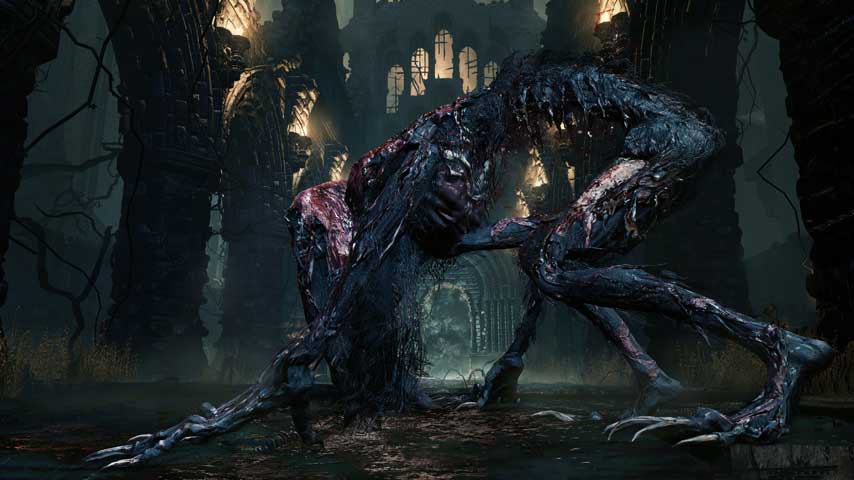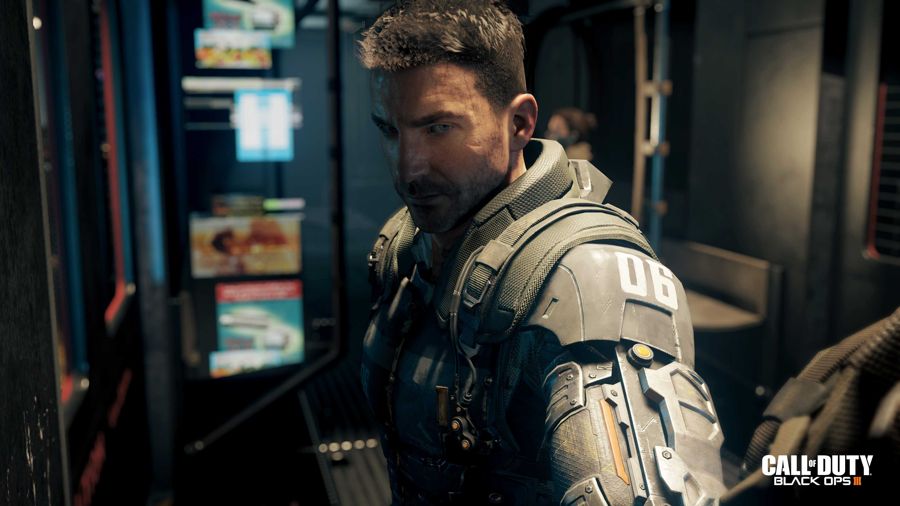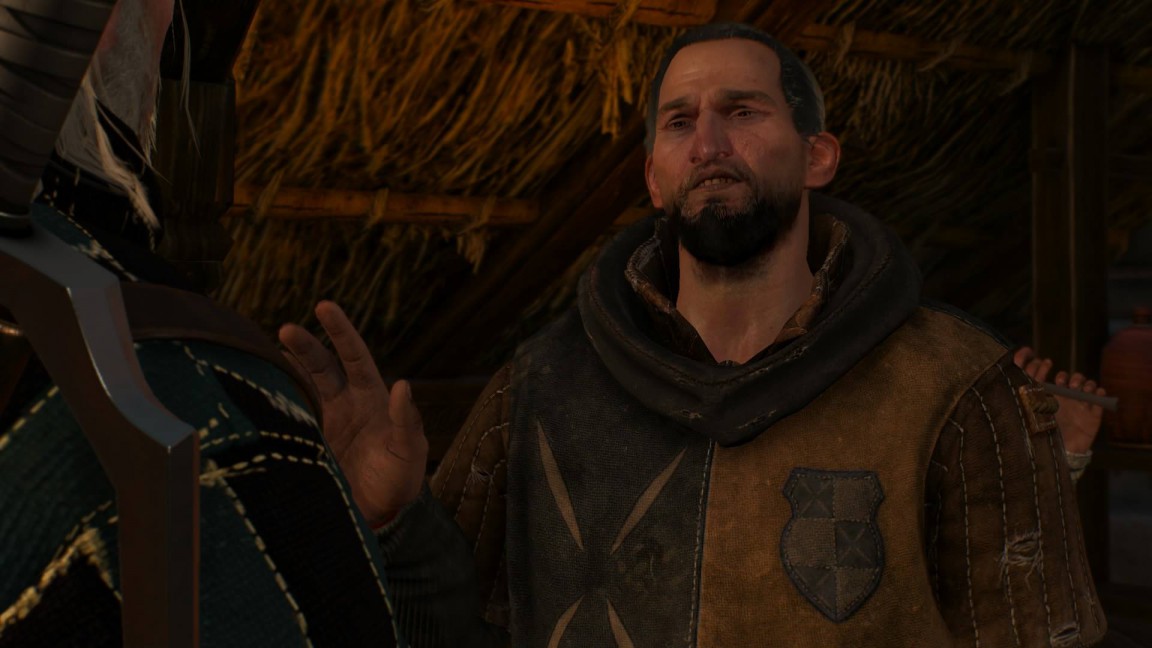The necessary condition for using the theory of a 搕rick?is that players are to have insufficient information about each other. In this case the 搕rick?consists in guessing the intentions of the adversary on condition of hiding one抯 own intentions: a positive 搕rick?and a negative 搕rick? The tactics of every player is to be very flexible, and one and the same 搕rick?should not be used for many times, otherwise it will become 搕actics?and will revert, like a boomerang, back to its user. The player should strive to modify his game according to the reaction of his adversary by making the most successful choice for this situation: hence comes the probability of probabilities.
Oscar Morgenstern (born in 1902) gave an example of a successful choice in the situation unsuccessful by itself. The example was based on one of the stories about Sherlock Holmes. Being chased by professor Moriarty, he took a train heading from London to Dover through Canterbury. But while getting on the train, he noticed that Moriarty has also taken this train. Holmes knew that if he set off simultaneously with Moriarty, he would certainly be killed. He had to get to Dover alone, in order to embark on the steamer that crossed the channel. This was his objective. The following variants are possible:
a) Holmes gets off in Dover;
b) Holmes gets off in Canterbury;
c) Moriarty gets off in Canterbury;
d) Moriarty gets off in Dover. The outcome, in Holmes?opinion, can be:
1) complete success: ас
2) partial success: bd
3) failure: ad or bс.
These three outcomes, in the point of view of Holmes?preferences, sequentially decrease as those worthy of the choice, the last one being the worst. Moriarty抯 system of preferences is opposite to that of Holmes. Immediately evident is the difficulty of choice due to lack of information. The decision both for Holmes and Moriarty is the result of a random choice that plays the role of a defensive tactics. Both of them are well-prepared, and both alertly wait for the smallest neglect of the adversary in order to attack at once. But apart from this possible (accidental) mistake, the chance rules the game. Thus we get what G. von Neuman (born in 1903) revealed.
We can mathematically express the game before its beginning by introducing probabilistic preferences of both players: for instance, Pr(a) = p; Pr(b) = l ?p Pr(c) = q; Pr(d) = l ?q.
Then the probabilities of various outcomes (moves) are calculated with the help of rules of compound possibilities: Рr(ас) = р * q; Pr(bc) = (1 ?р) * q;
Pr(ad) = р(1 ?q); Pr(bd) = (1 ?р) * (1 ?q),: Pr(ad or bc) = р(1 ?q) + q(1 ?р) = p + q ?2pq.
But these probabilities are initially unknown to players. For example, Holmes does not know q, but even if he knew q, his choice would not become less probabilistic. Every player acts, meditating on the possible move of the adversary, and at the moment previous calculations represent the problem well, making an instant estimation of probabilities for p and q.
The practical value of the threshold d, for which the alternative of 搒uccess?with probability d and death with probability 1 ?d is preferred to 攃ertain defeat? depends on the boldness of the famous English detective.
The game theory finds application also in the economic life for strategic calculations. But the problems that arise in this case are quite difficult?
?Copyright 2006-2007 www.Bonus-Map.com






 Pokemon X & Y Walkthrough Guide Collection - GamersHeroes
Pokemon X & Y Walkthrough Guide Collection - GamersHeroes GTA Online: 12 tips for making big money in Freemode Events
GTA Online: 12 tips for making big money in Freemode Events Saints Row IV Guide - How to Unlock Double Hacking Time
Saints Row IV Guide - How to Unlock Double Hacking Time Disgaea 5 Alliance Of Vengeance Tips
Disgaea 5 Alliance Of Vengeance Tips DOTA Hero Tips: Vengeful Spirit
DOTA Hero Tips: Vengeful Spirit